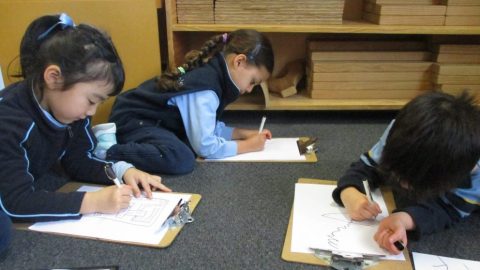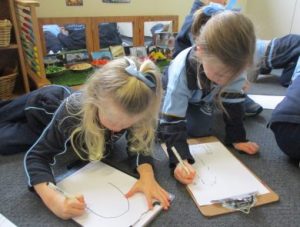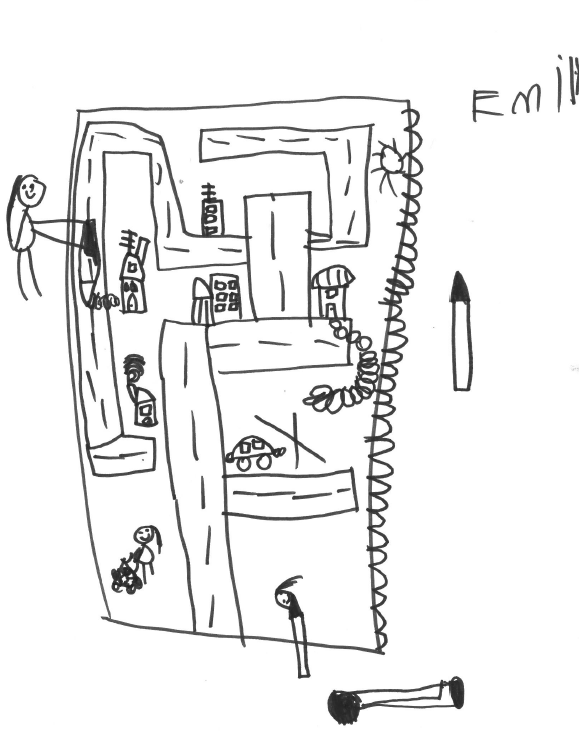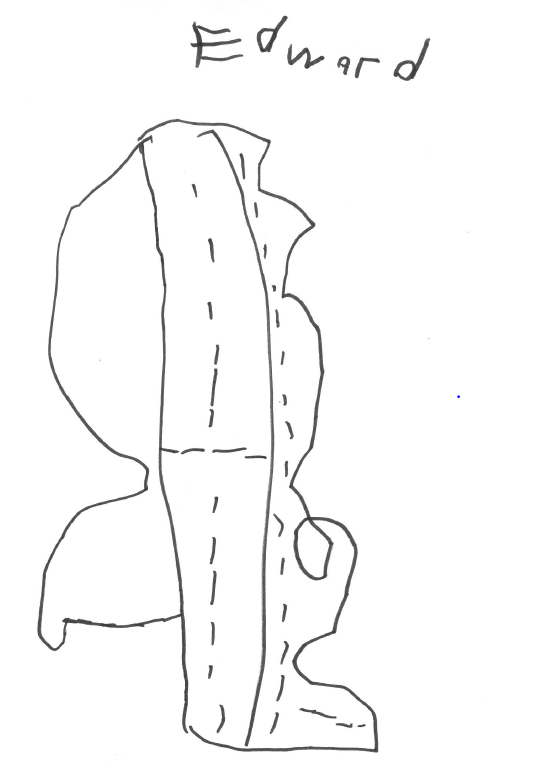Gaining An Insight Into the Children’s Prior Knowledge About Maps

“We all…bring diverse bits of background knowledge—consciously or subconsciously—to every subsequent experience, and we use them to connect or glue new information to old. Background knowledge is an essential component in learning because it helps us make sense of new ideas and experiences.” – Cossett Lent, 2012.
The children in the Banksia Room were asked to collect a variety of maps during the mid-term break. There were several learning intentions with requesting the children to complete this task; it helped to maintain a connection between home and the Banksia Room, the maps will provide a provocation for inquiry and they provide an opportunity for the children to speak in front of the group and share their maps.
Educators wanted to establish an understanding of the children’s prior knowledge about maps and posed several questions to them, moving from low order thinking such as, ‘What is a map?’, and ‘Why do we need a map?’, to a high order thinking question, ‘Imagine if there were no maps in the world, what would happen?’
“I want you to imagine there were no maps in the world. What would happen?” asked Ms Nadia Durrant.
“You would not know where to go,” thought Jemima.
“You could draw a map,” suggested Jack J.
“If you did not have a map the cars would not know how to get to places,” said John.
“They would go home,” added Camilla.
“They would stay at their home forever,” pronounced John.
“It would be weird because there are no maps in the world,” commented Jemima.
“Then people will not be able to find treasure,” posed John.
“There might be signs”, considered Lucy.
“If there are arrows on the ground,” wondered Jack R.
“If there was an arrow on the ground and it went left or right, you would know how to get there,” voiced Camilla.
“You would find your way with ‘X’ marks,” proposed Jack J.
“Signs,” exclaimed Bradley.

The children in the Banksia Room have engaged in discussions and graphically represented their ideas about maps.
The children engaged in a number of discussions and graphically represented their ideas about maps. Educators will use the children’s ideas and understandings to guide further conversations and learning experiences. We will also encourage the children to think about other forms of navigation and utilise this learning as a catalyst for the children to create a navigation tool to help plan an excursion.
-

"It is a Melbourne map and that is the person drawing a map," described Emily.
-

"A map for the city. The stripes show you which side to drive on," explained Edward.


